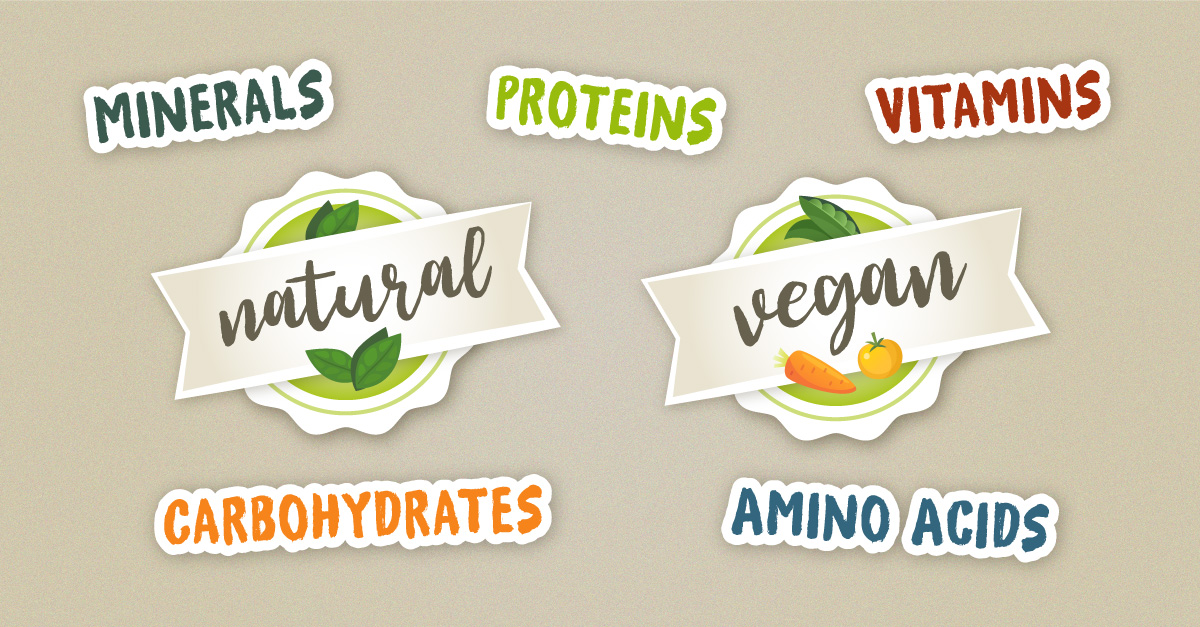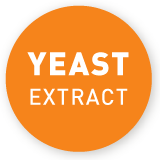1. Components of Yeast extract
Yeast extract is a natural and vegan product which contains important minerals, proteins, vitamins, carbohydrates, and amino acids. To ascertain which individual components make up yeast extract, it is worthwhile to take a closer look at the manufacturing of yeast extract.

Yeast extract is obtained from fresh yeast in five steps: To encourage the yeast to grow, it is first fermented, which means sugar is added to the yeast fungus to nourish it. The yeast is then concentrated and washed in centrifuges. This process removes any sugar residues. What remains is a so-called ‘suspension’, a viscous, creamy mass of yeast. The next stage is autolysis, whereby enzymes present in the yeast split the yeast proteins and other macromolecules into smaller molecules. To produce the final yeast extract, the liquid must now only be centrifuged in order to remove the yeast cell walls. Valuable proteins, amino acids, vitamins, and minerals from the yeast cell remain present inside the yeast extract. Finally, the concentrated liquid is dried and pulverized, using hot air.
The end result is yeast extract, which retains the valuable proteins, vitamins and minerals from the original yeast cells. In essence, yeast extract is therefore simply made up of the natural components of a yeast cell – but without the surrounding cell wall. The taste of yeast extract also resembles that of a homemade bouillon due to the similar composition of proteins and amino acids.
The protein quality of yeast extract is comparable to the reference proteins according to the Food and Agriculture Organization (FAO) in eggs or in milk. This means that yeast extract contains all the essential amino acids which are necessary for human nutrition in a very absorbable form. Compared to other plant proteins, such as soy gluten or lupine, yeast extract is also safe in terms of allergenicity.



